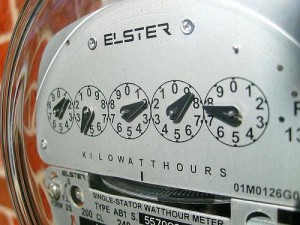 Electricity rates are on the increase across the board in almost every state and province. With winter coming on we thought it was time to identify 8 Steps to Reducing Your Electricity Bill to help consumers control their costs for electricity and heating fuel. Anytime you can reduce your overall costs, leaving money for other important activities, you are ahead of the game. The important thing is to have an energy saving attitude in your family so that everyone contributes to reducing your overall energy costs. what follows is a partial list of things you can do now to keep your costs down.
Electricity rates are on the increase across the board in almost every state and province. With winter coming on we thought it was time to identify 8 Steps to Reducing Your Electricity Bill to help consumers control their costs for electricity and heating fuel. Anytime you can reduce your overall costs, leaving money for other important activities, you are ahead of the game. The important thing is to have an energy saving attitude in your family so that everyone contributes to reducing your overall energy costs. what follows is a partial list of things you can do now to keep your costs down.
8 Steps to Reducing Your Electricity Bill
Phantom Power – is power used by devices that are turned off, but are still drawing power to allow them to turn on instantly. Computers, TV’s and many other devices of this sort are drawing power 24 hours a day. Unplug them rather than just turning them off if you do not plan to use them.
LED Bulbs – At least convert to fluorescent bulbs if you have not already done so. LEDs will save even more money and are coming down in price as well. They last longer and save that increasingly costly electrical energy.
Programmable Thermostat – allows you to control when you heat your home or use air conditioning. Adjust the temperature lower when sleeping and away from the home in the winter. Adjust the temperature up when not home or at peak periods in the summer.
Dishwashers – if you have to run a dishwasher, especially the self drying kind, try to run them at night during off peak hours to reduce your energy costs.
Laundry – the same applies to running washing machines and dryers. Also use cold water to reduce your costs even further. Less hot water means less heating related energy use.
Clothing Lines – something our parents used to do. Hanging the clothes out to dry saves energy too, however if you live in a polluted environment, use the dryer in non peak energy hours.
Microwave – using a microwave or a toaster oven is far more efficient than using an electric oven.
Windows and Doors – apply caulking, weather stripping even plastic window covers to increase the insulation value. This will keep your home warmer and reduce energy use.
Turn Lights off – When you are not in the room, turn off lights, TV’s , radios etc to reduce your electrical costs.
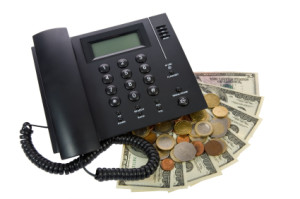
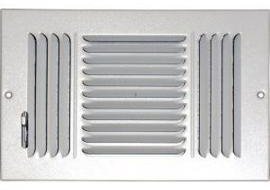
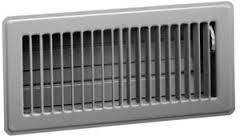
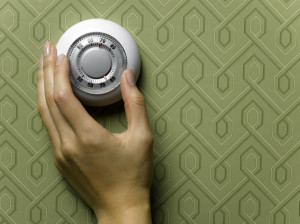
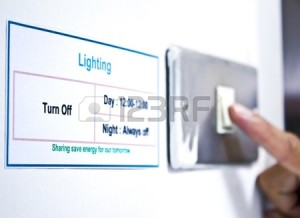
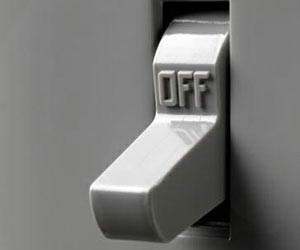

 you spend the money on a new door it may be worth it to try to draft proof the existing door first! New doors can cost up words of $1000 to $2000! Why not spend $10 and try draft proofing your door first.
you spend the money on a new door it may be worth it to try to draft proof the existing door first! New doors can cost up words of $1000 to $2000! Why not spend $10 and try draft proofing your door first.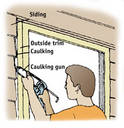 On a cold day, or even on a windy day, try turning on any indoor exhaust fans you have to draw warm air out of the house and cold air in. Use your fingers or a piece of paper held to the area you are checking to feel for any strong drafts in the molding and around the door; seal them as well. This should make a big difference not only to the drafts. If you do not have insulation in the wall around the door you may want to reconsider how you will seal the doorway and how you can inject insulation around the door.
On a cold day, or even on a windy day, try turning on any indoor exhaust fans you have to draw warm air out of the house and cold air in. Use your fingers or a piece of paper held to the area you are checking to feel for any strong drafts in the molding and around the door; seal them as well. This should make a big difference not only to the drafts. If you do not have insulation in the wall around the door you may want to reconsider how you will seal the doorway and how you can inject insulation around the door. gaps in the lead. Draft proofing a door with an old window in it really starts with the window.
gaps in the lead. Draft proofing a door with an old window in it really starts with the window.